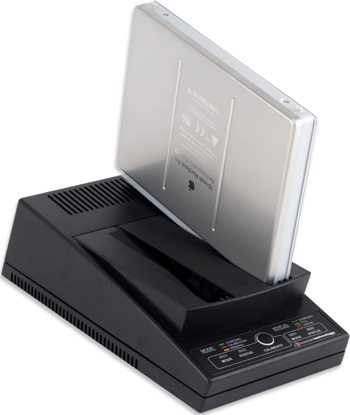On Friday afternoon in the US, the iPhone will be launched, and one thing I’ve been wondering is how they’re going to handle the paperwork for the thousands of people who will be queueing up for a new AT&T contract – the first obligatory accessory to the device.
Well, of course, it turns out that Apple won’t require anything so last-decade as a signature on a piece of paper. From Steven Levy’s review:
Instead of going through the usual complicated contract signing and credit-vetting ceremony with a fast-talking and slow-processing salesperson, Apple has come up with a startling idea: you simply buy the thing and go home. Then you open up the snugly fit black box – the design blitz at Apple begins with the packaging – and take out the handset.
…
Setup is a snap. As with the iPod, the device is a satellite of Apple’s free iTunes software. Plug the iPhone into a computer with your iTunes library (Mac or Windows) and the automatic sync function not only carries over your songs, videos and movies on iTunes library, but also photos, your contacts and calendar items. It also copies your e-mail address book and information onto your phone. This is one of the few phones that easily imports your information from your PC; because this is usually such a painful process, the vast majority of people with mobile phones never get around to moving over all their contact and calendar items. Signing up for phone service is easily handled in a straightforward process through the iTunes store.
The features of the iPhone have been discussed elsewhere in a phenomenal number of column inches and podcast minutes. As Leo Laporte says, this is perhaps, with the possible exception of the PS3, the most eagerly-anticipated consumer electronics device ever launched. But Levy points out that it may also have a huge impact even for those who don’t splash out on this Mercedes of mobile devices:
In a sense, the iPhone has already made its mark. Even those who never buy one will benefit from its advances, as competitors have already taken Apple’s achievements as a wake-up call to improve their own products.
And about time too.



Recent Comments